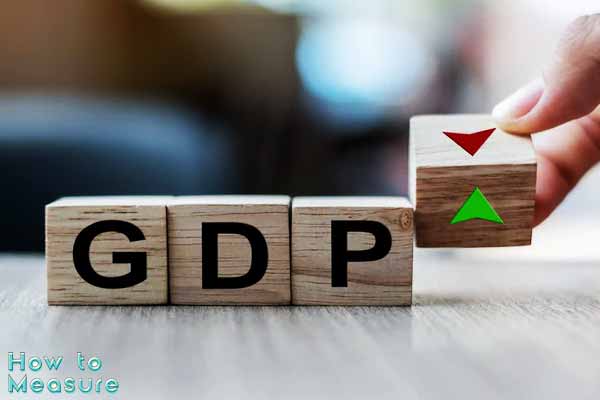What is the standard of living?
There are several different ways to measure the standard of living. The simplest and most common method is called the GDP per capita, which is simply the total economic output of a country divided by its population. This measures how much wealth each individual has in that country.
Another popular measure is called purchasing power parity (PPP). It takes into account how much money it would take to purchase certain goods and services in one country compared with another country—a concept known as purchasing power parity. For example, if you could buy an iPhone for $1,000 in the U.S., but it would cost about $3,000 in China due to currency exchange rates, then your purchasing power is more significant as a citizen of America than as a citizen of China since you’d have more leftover money after buying an iPhone with your income than someone who lives in Beijing does when they make their purchase there.
What is GDP?

When you think of your country’s standard of living, you probably think about the number of people who are educated and employed. You might also consider how much money people can buy with their earnings or average incomes. But GDP (gross domestic product) is another key measure of a nation’s standard of living—and it’s not just for governments or economists. The GDP is usually used as a measure of how wealthy a country is overall; it tells us how much its citizens produce in goods and services each year.
In simple terms, if everyone got together to produce one big thing—like constructing an airplane—the total value would be the GDP. In more complex terms: GDP is calculated by adding up the final prices paid for all goods produced within an economy during one calendar year (not including capital investments) plus any taxes and minus any subsidies that were paid out during this period.
What are the measurement factors of the standard of Living?
Before we get into the nitty-gritty of how to measure the standard of living, it’s important to understand what it is and how it’s measured. A country’s standard of living refers to its citizens’ economic, social and political well-being. It can be measured in a variety of ways: income per capita, life expectancy at birth, purchasing power parity (PPP), GNI per capita (GDP) and other factors.
GNI per capita is usually used as an indicator for international comparisons because it reflects the purchasing power parity (PPP) between countries due to differences in price levels across nations. But I only account for one part of a person’s day-to-day expenses—the cost of goods and services consumed within their country; however, it doesn’t include what they spend on education or housing outside their home country.
Which countries have the highest standard of living?
You can learn a lot about a country’s standard of living and quality of life by looking at its average household income. In 2017, Switzerland took home the title of having the highest annual household income at $87,000 USD per year. Norway is close behind with an average household income of $52,000 USD per year, followed by Australia at $48,000 USD per year. The United States ranks fifth among these top five countries, with an average annual household income of $46,000 USD per year.
What affects the standard of living?
The standard of living is affected by a number of factors. The most important ones include the following:
● economic growth, which is the increase in per capita production and consumption over time
● economic development, the process that increases the standard of living in a country or region through industrialization, urbanization and increased technological innovation
● economic stability and security, which are related to each other but not exactly the same thing. Economic stability refers to how much volatility there is in an economy’s GDP (gross domestic product) as measured over time; for instance, if GDP grew by 1% every year for 20 years, it would be considered stable since it didn’t fluctuate much during those 20 years. By contrast, economic security means that people have access to food and shelter when they need them; if someone does not have these basic needs covered, then their standard of living will likely be lower than someone who does enjoy food and shelter consistently throughout their life.
Final thoughts
I hope this article has helped you understand what the standard of living is and how it’s measured. I also hope that by learning about GDP, measurement factors, and other important factors that affect the standard of living, you will better understand how your country compares to others around the world.











